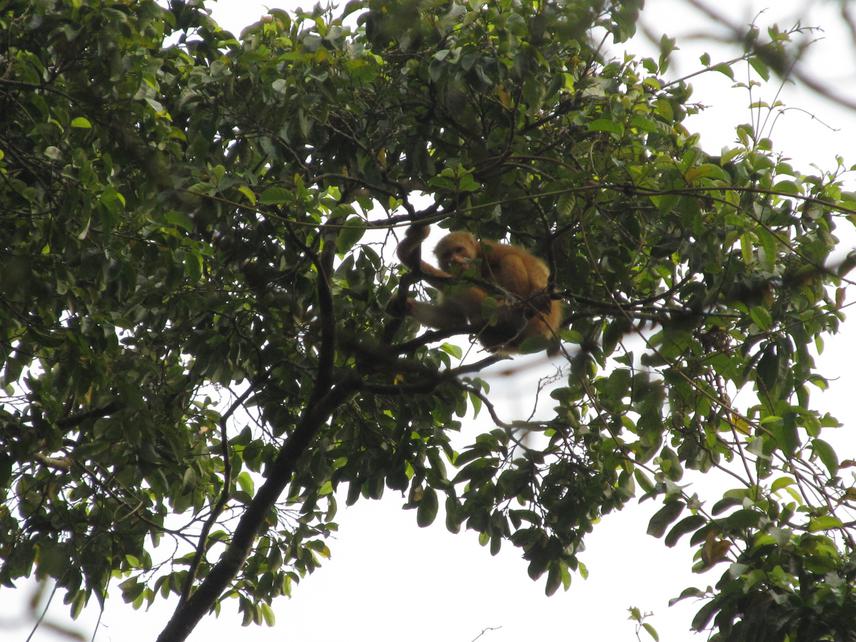Carmen Galán Acedo
I will assess the response of Mexican primates to landscape spatial changes in five tropical regions with different patterns of land-use changes and at different spatial scales.

The accelerated deforestation of tropical forests has ‘forced’ an increasing number of primate populations to inhabit fragmented landscapes with different composition and spatial configuration. Understanding the spatial attributes responsible for shaping biological assemblages in fragmented tropical landscapes is critical for designing effective conservation strategies. However, the impact that changes in landscape composition and configuration may have on primates is largely unknown, as most studies have been conducted at local spatial scales. Also, the response of primates to landscape changes can vary among species and regions, thus limiting the identification of adequate management and conservation strategies. This study will assess the relative effect of landscape composition and configuration on the distribution and abundance of Mexican primates (Alouatta palliata, A. pigra, and Ateles geoffroyi).
The research will be performed in 5 tropical regions with different patterns of land-use change to identify:
(1) the species that are more sensitive to landscape changes;
(2) the landscape attributes with highest impact on primates within each region;
(3) the regional context (e.g. remaining forest cover, matrix composition) that promotes the most drastic changes on primate populations.
Using a multi-scale approach, we will also determine the so-called “scale of landscape effects”, i.e. the most appropriate spatial scale (i.e., landscape size) to assess the response of species to changes in landscape structure. Identifying differences among primate species and regions in the species’ responses to landscape structure is needed to reach more general conclusions on the main drivers of primate populations in fragmented landscapes, and identify priority areas for primate conservation. Also, focusing on Mexican primates is particularly relevant as they are all considered Endangered (IUCN 2015) and are highly susceptible to forest spatial changes. This study will therefore have key ecological implications, and will help to improve management strategies for primates’ conservation at different spatial scales in these (and potentially) other Neotropical regions.